Pronghorn Mom and Fawns

A pronghorn doe stands with her fawns just outside the northern boundary of Yellowstone National Park.
This site is dedicated to wildlife and landscape photography.

A pronghorn doe stands with her fawns just outside the northern boundary of Yellowstone National Park.

This pronghorn doe and her fawns were photographed near the northern boundary of the park.
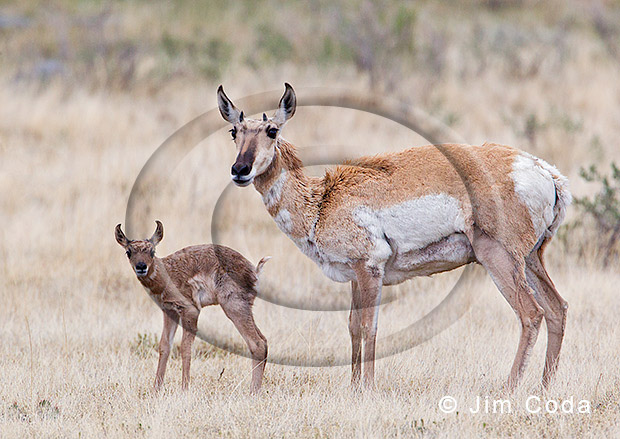
It’s that time. If you like to photograph wildlife you should be in Yellowstone or on your way. Bison calves are running all over the place. Elk, pronghorn and bighorn sheep are giving birth or will be soon. The bears are also out and about, some with cubs. It is the time to see and photograph baby animals.
This pronghorn fawn was born last May. The doe kept it and its sibling between the Roosevelt Arch and the north entrance station for the first week after birth. That’s when I left the park. The area is bounded by three roads and a high steel fence. It was crowded and noisy and wouldn’t seem to be a place for a wild animal to want to have babies. It’s also about the last place around Yellowstone that I would want to be stationed for a week hoping to photograph some predators. I don’t know if it was just happenstance or that mother pronghorn knew this was a good place to have her babies while they got stronger and were able to run fast enough to escape from a predator.
About a year ago I posted a blog with my 10 favorite wildlife photos from 2011. Here are my 10 favorites for 2012. Most of this year’s photos are from Yellowstone.
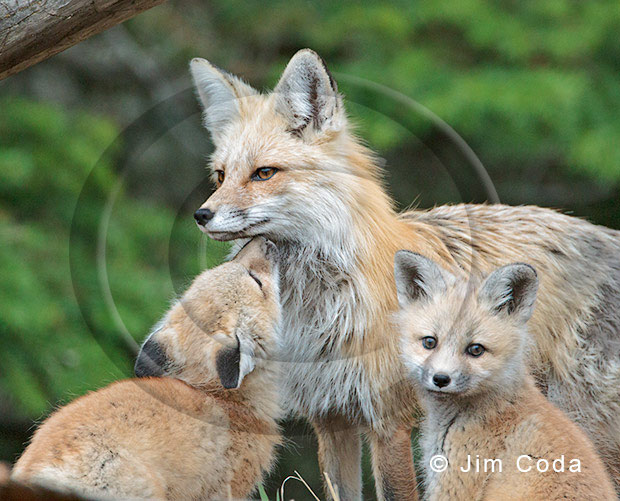
Finding and photographing this red fox vixen and her two kits was the best part of my trip to Yellowstone last spring.

Baby animals are usually photogenic and these two certainly were.

While on the subject of baby animals, this doe pronghorn kept her two fawns right around the Roosevelt Arch for a week or more. They stopped a lot of cars.
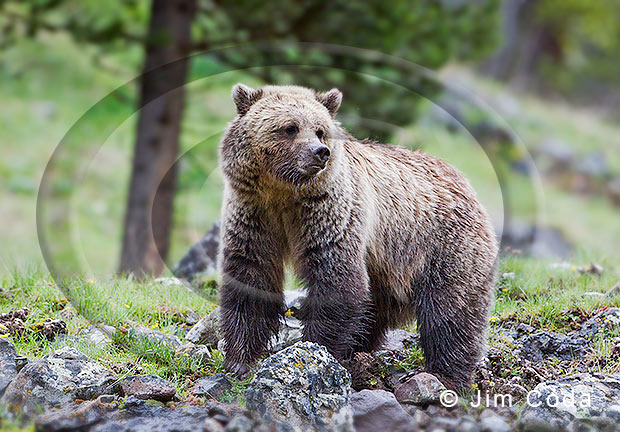
This grizzly bear spent several days in May on the slopes above Yellowstone’s Soda Butte Creek feeding on grass, roots and whatever other vegetative material grizzlies feed on in the spring.
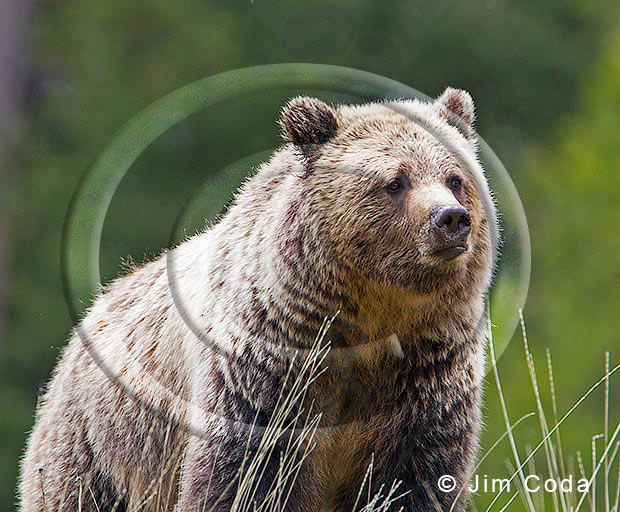
I spent a fair amount of time photographing this bear. It often looked sad to me. I think it was a young bear and perhaps it was its first spring without its mother.

I always see mountain bluebirds in Yellowstone in the spring, but until this past May I’ve never really had any good opportunities to photograph them. They seem to be constantly on the move. This May was different. They hung around.

There are always some sandhill cranes in Yellowstone in the nesting season. They usually tend to be far off though. You often hear them calling before you even spot them. I was lucky here.
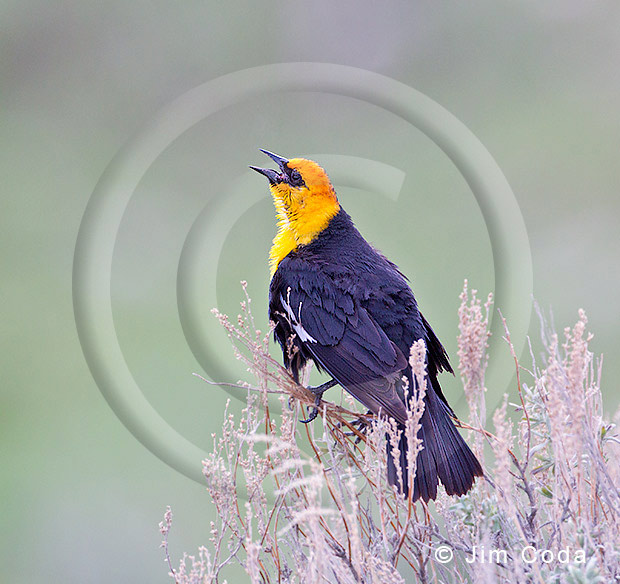
I don’t recall ever having seen a yellow-headed blackbird in Yellowstone before this spring. This male was singing to attract a mate I assume. I spotted him while driving the road to the Slough Creek Campground.

There are a lot of white-crowned sparrows in Point Reyes National Seashore in the winter. This male saved what was otherwise an uneventful day.
Coyote, Point Reyes National Seashore

The coyotes I see in the ranching areas of Point Reyes are pretty wild. By that I mean they don’t stick around when they see a human. This individual was different. He was comfortable with my photographing him. He may have previously lived in an area with heavy human recreation use.
Point Reyes is my local Yellowstone. It has a wide variety of wildlife considering where it is located. No bison or moose, but it has elk and deer. No wolves or bears, but it has coyotes, bobcats, badgers and one or more mountain lions. You’ll see elk as easily as in Yellowstone and deer more easily. You’ll see coyotes as easily as in Yellowstone and bobcats much more easily.
Well, that’s it. My 10 favorites for 2012. If you’d like to see my 10 favorites for 2011 click here.

This pronghorn mom and her two babies made a lot of visitors happy by staying between the Roosevelt Arch and the entrance station in late May. I spent a lot of time observing her and her two fawns.
During the time I observed her, she kept the fawns well-separated except on one occasion. I wonder if this is to minimize a predator getting them both. She would visit each one every couple of hours and let them feed for a few minutes and then they would lie down again in a new spot until she returned. They usually stayed perfectly still, but I saw one of them move once. Movement like that can get a young ungulate killed I would think. Each morning I would check to see if they were both there. They were still there when I left the Park on June 1.
I wondered if the mother made a good choice in keeping them where she did. I think so. It’s a rectangular area bordered by roads on all four sides and by buildings on two sides. There is a lot of human activity around there all day. Maybe not as safe at night, but “safe” is a relative term in the pronghorn world.
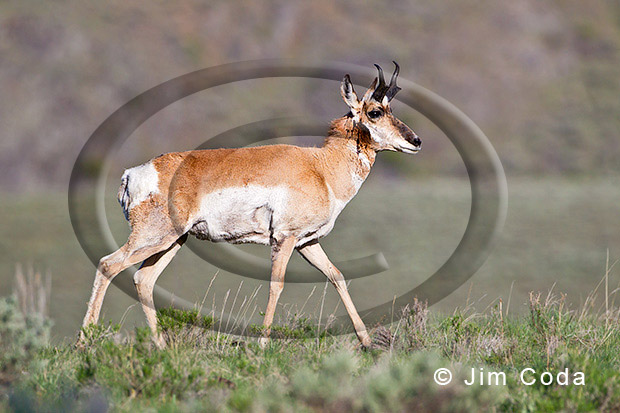
Yellowstone has 200 to 300 pronghorns. They only exist in the Park in its northern range. They spend winters in the Gardiner Basin and some, but not all, migrate from there to spend summers at higher elevations in the Park as far as the Lamar Valley.
One way to see them is to drive the Old Yellowstone Trail in the Gardiner Basin. Start at the Park’s Roosevelt Arch and drive north around the west side of the Gardiner school and then continue on the gravel road until you get to the boat launch just before the bridge that crosses the Yellowstone River. At that point you can either turn around and head back the way you came or you can cross the bridge, get on Highway 89, and drive at highway speed back to Gardiner. Pronghorn are here year round. Note to photographers: For most of this route the land looks to be in bad shape vegetation-wise, but gets better at the north end. By the way, when you get back to the Roosevelt Arch look for pronghorn in that half mile or so between the Arch and the entrance booth.
The other option is to head for the Lamar Valley and look for them any place between Mammoth and the Lamar Valley that has open terrain. I usually take a detour and drive the road to the Slough Creek Campground because I often see a few pronghorn there. By the time you get to the confluence where Soda Butte Creek joins the Lamar River you will have covered about all the pronghorn habitat that can be seen from a vehicle. The area from Mammoth to the Lamar Valley is summer range only.

Here’s a pronghorn buck that I also saw and photographed last May. It was in the Slough Creek area. It’s also missing a chunk of hair at the top of the shoulders. It also seems to be missing some flesh, but it’s hard to be certain because of the angle of view. The doe in the previous posts provided a good view of her wound because she was walking downhill. The only point of posting this image is that it is the second pronghorn I saw in May that seems to have a wound in about the same place. I find that interesting. Was it a golden eagle? I don’t know, but it’s possible.
